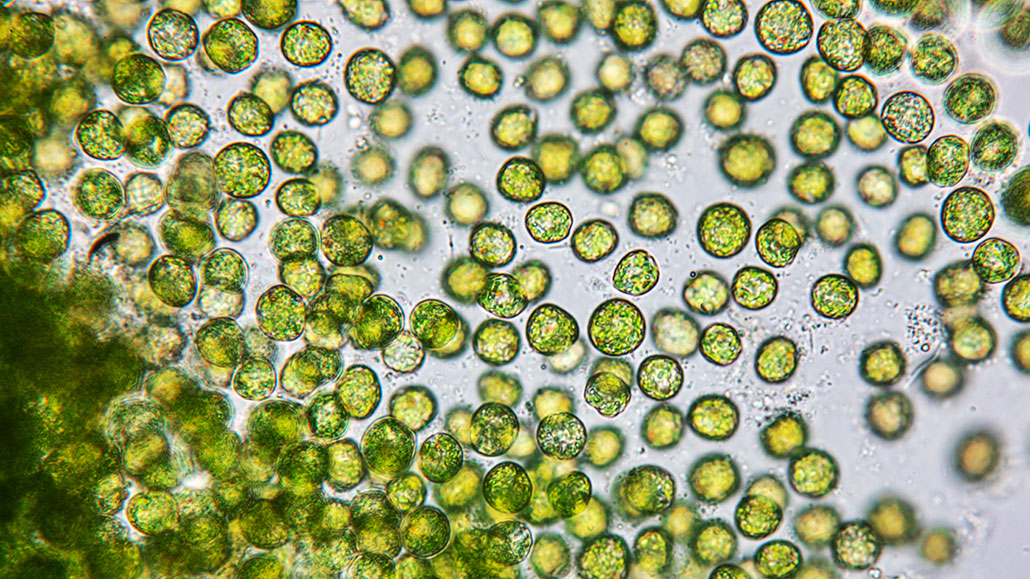Questions for “Several plant-like algae can morph into animal-like predators”

A community of green algae belonging to a Chlorella species. Some of its “cousins” were among those shown to turn predatory when unable to use the sun for energy.
Sinhyu/iStock/Getty Images Plus